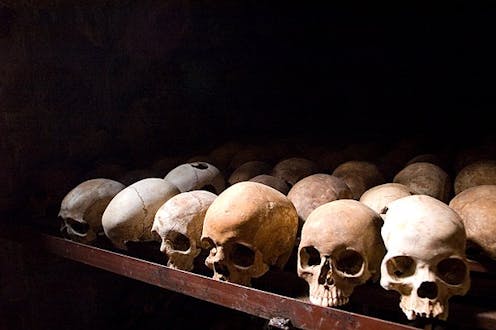Moral ambiguity and the representation of genocide – is there a limit to what can be depicted?
- Written by Charlotte Grace Mackay, Lecturer in European Languages (French), Monash University

On January 10 2022, the McMinn County School Board in Tennessee voted unanimously to remove[1] Art Spiegelman’s graphic novel Maus from the school’s curriculum, and ban it. The board cited concerns about nudity and profanity, implicitly raising broader questions about the book’s depiction of violence.
The content of Maus is inherently violent: its subject is the Holocaust. Spiegelman based his graphic novel, which depicts Nazis as cats and Polish Jews as mice, on the experiences of his parents. Built around a father-son dialogue, Maus not only depicts the horrors they and countless others endured under Nazism, it examines how the children of survivors struggle in the wake of their parents’ unimaginable suffering.

















